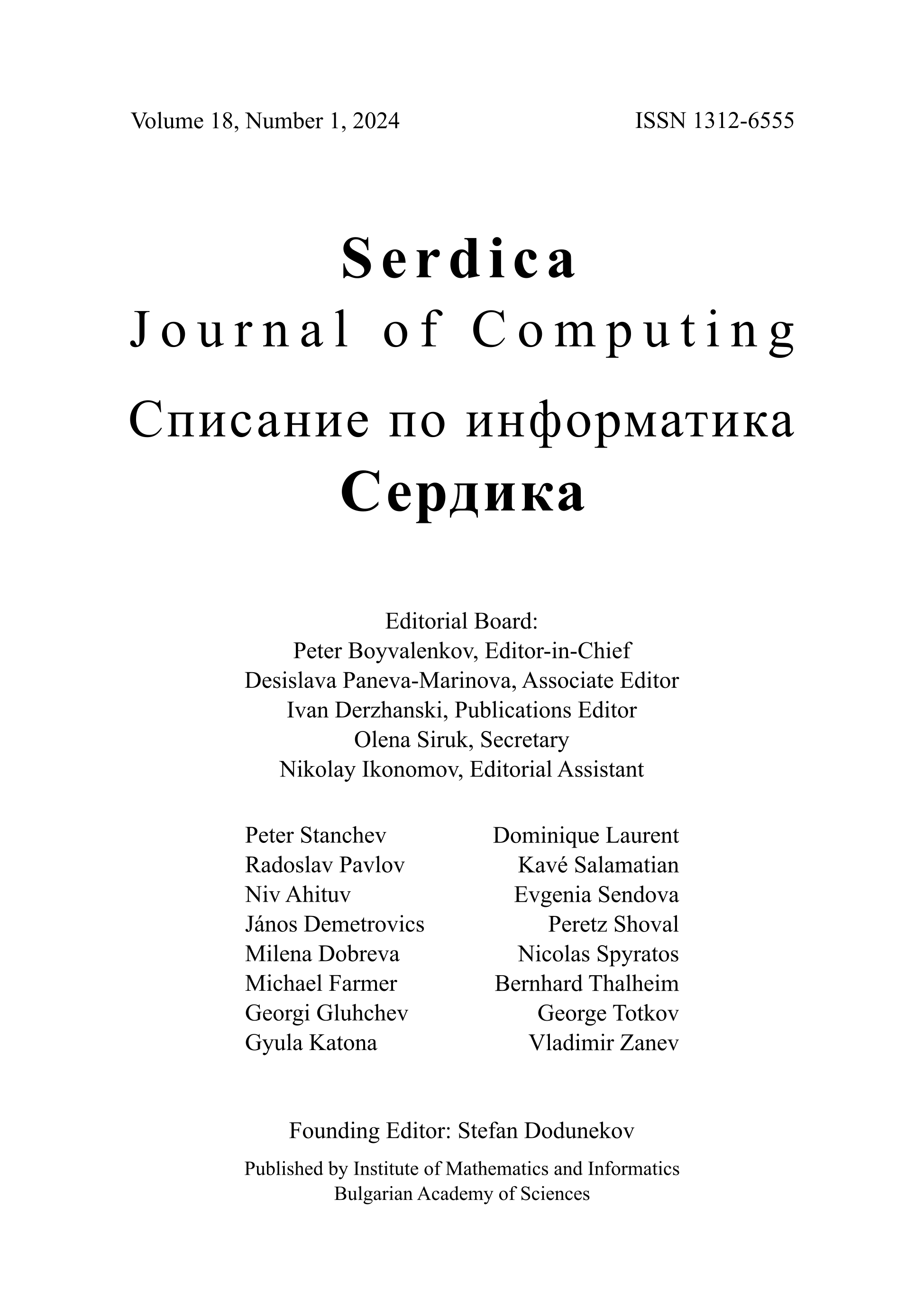Em Algorithm for MLE of a Probit Model for Multiple Ordinal Outcomes
DOI:
https://doi.org/10.55630/sjc.2013.7.227-244Keywords:
Correlated Probit Model, EM Algorithm, Ordered Data, Polymorphism XRCC3 Codon 241 (C>T) (rs861539), Random EffectsAbstract
The correlated probit model is frequently used for multiple ordered data since it allows to incorporate seamlessly different correlation structures. The estimation of the probit model parameters based on direct maximization of the limited information maximum likelihood is a numerically intensive procedure. We propose an extension of the EM algorithm for obtaining maximum likelihood estimates for a correlated probit model for multiple ordinal outcomes. The algorithm is implemented in the free software environment for statistical computing and graphics R. We present two simulation studies to examine the performance of the developed algorithm. We apply the model to data on 121 women with cervical or endometrial cancer. Patients developed normal tissue reactions as a result of post-operative external beam pelvic radiotherapy. In this work we focused on modeling the effects of a genetic factor on early skin and early urogenital tissue reactions and on assessing the strength of association between the two types of reactions. We established that there was an association between skin reactions and polymorphism XRCC3 codon 241 (C>T) (rs861539) and that skin and urogenital reactions were positively correlated.
ACM Computing Classification System (1998): G.3.

